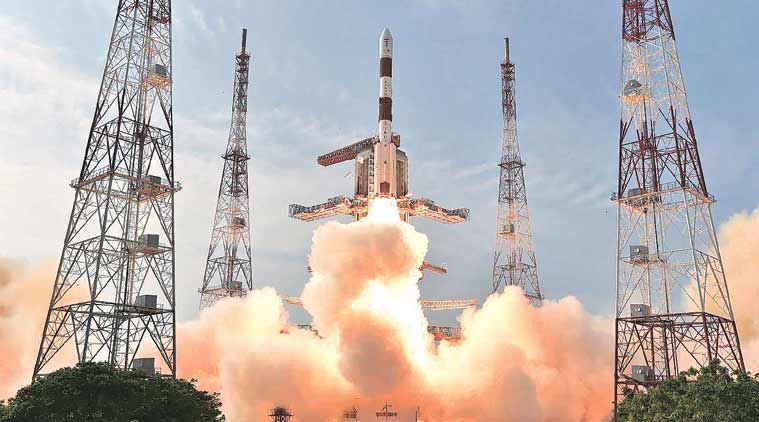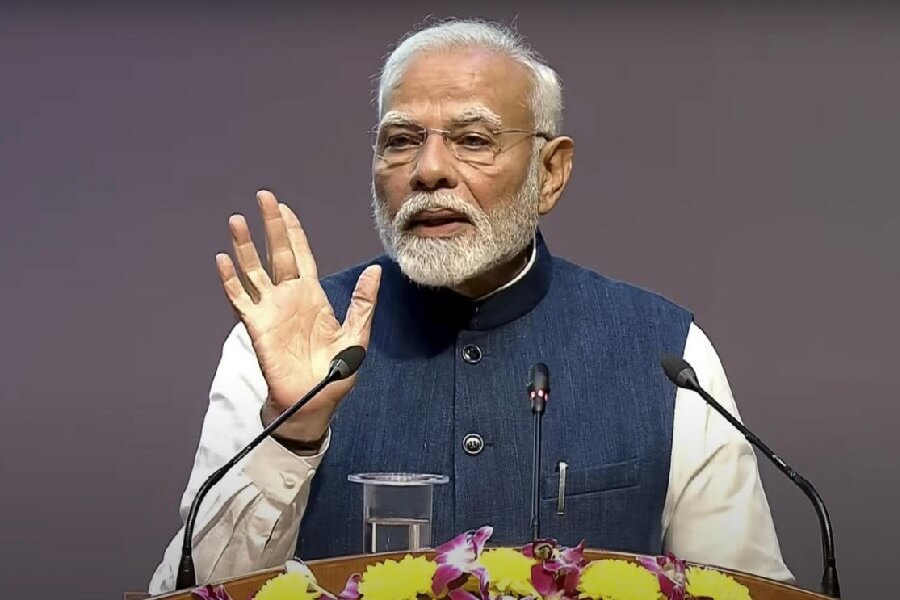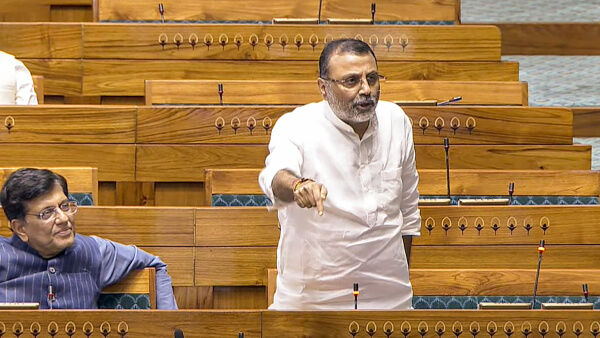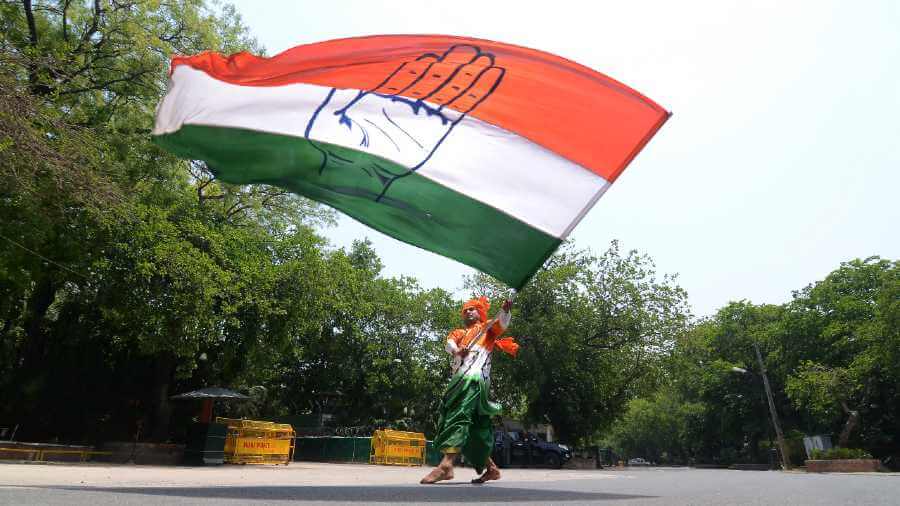Navigation satellite IRNSS-1G blasts off from Sriharikota
Thu 28 Apr 2016, 13:48:46

ISRO successfully launched navigation satellite IRNSS-1G on board PSLV-C33 from Sriharikota on Thursday to complete India's own navigational satellite system.
This is the seventh and last in the series of the constellation of Regional Navigation Satellite System. The Indian Regional Navigation Satellite System comprising seven satellites would be able to provide navigation system with much better accuracy and targeted position.
While four satellites would be sufficient to start operations of the IRNSS system, the remaining three would make it "more accurate and efficient".
ISRO had launched the sixth navigation satellite IRNSS-1F on March 10, the other five being IRNSS-1A on July 1, 2013, IRNSS-1B (April 4, 2014), IRNSS-1C (October 16, 2014), IRNSS-1D (March 28, 2015) and IRNSS-1E (January 20, 2016).
According to ISRO officials total cost of all the seven satellites was Rs 1,420 crore.
Soon after the Mission Readiness Review Committee and the Launch Authorisation Board gave its approval on Monday, the
51.30 hour countdown for the launch of IRNSS-1G began at 09.20 hours on April 27 and was "progressing smoothly" for the launch scheduled for today from the first launch pad at Sriharikota by 12.50pm.
51.30 hour countdown for the launch of IRNSS-1G began at 09.20 hours on April 27 and was "progressing smoothly" for the launch scheduled for today from the first launch pad at Sriharikota by 12.50pm.
"Countdown operations are progressing normally and everything is ready for the launch , ISRO Chairman A S Kiran Kumar told reporters at airport.
The PSLV-C33, carrying IRNSS-1G, in its 35th flight, would be the XL variant that was used during launch of Mars Orbiter Mission, Chandrayaan-1, ASTROSAT besides the six IRNSS satellites.
The 44.4 metre tall IRNSS-1G has a lift-off mass of 1,425 kg and would be launched in sub-Geosynchronous Transfer Orbit (sub GTO). It has a 12 year mission life.
With the operationalisation of six satellites, India has demonstrated the system's targeted position accuracy which is much better than 20 metres over 24 hours of the day.
With the launch and operationalisation of IRNSS-1G, the seventh in the constellation, the completion of IRNSS constellation will be achieved, ISRO said.
No Comments For This Post, Be first to write a Comment.
Most viewed from Specials
Most viewed from World
AIMIM News
Latest Urdu News
Most Viewed
May 26, 2020
Do you think Canada-India relations will improve under New PM Mark Carney?
Latest Videos View All
Like Us
Home
About Us
Advertise With Us
All Polls
Epaper Archives
Privacy Policy
Contact Us
Download Etemaad App
© 2025 Etemaad Daily News, All Rights Reserved.






















.jpg)
.jpg)
.jpg)

















